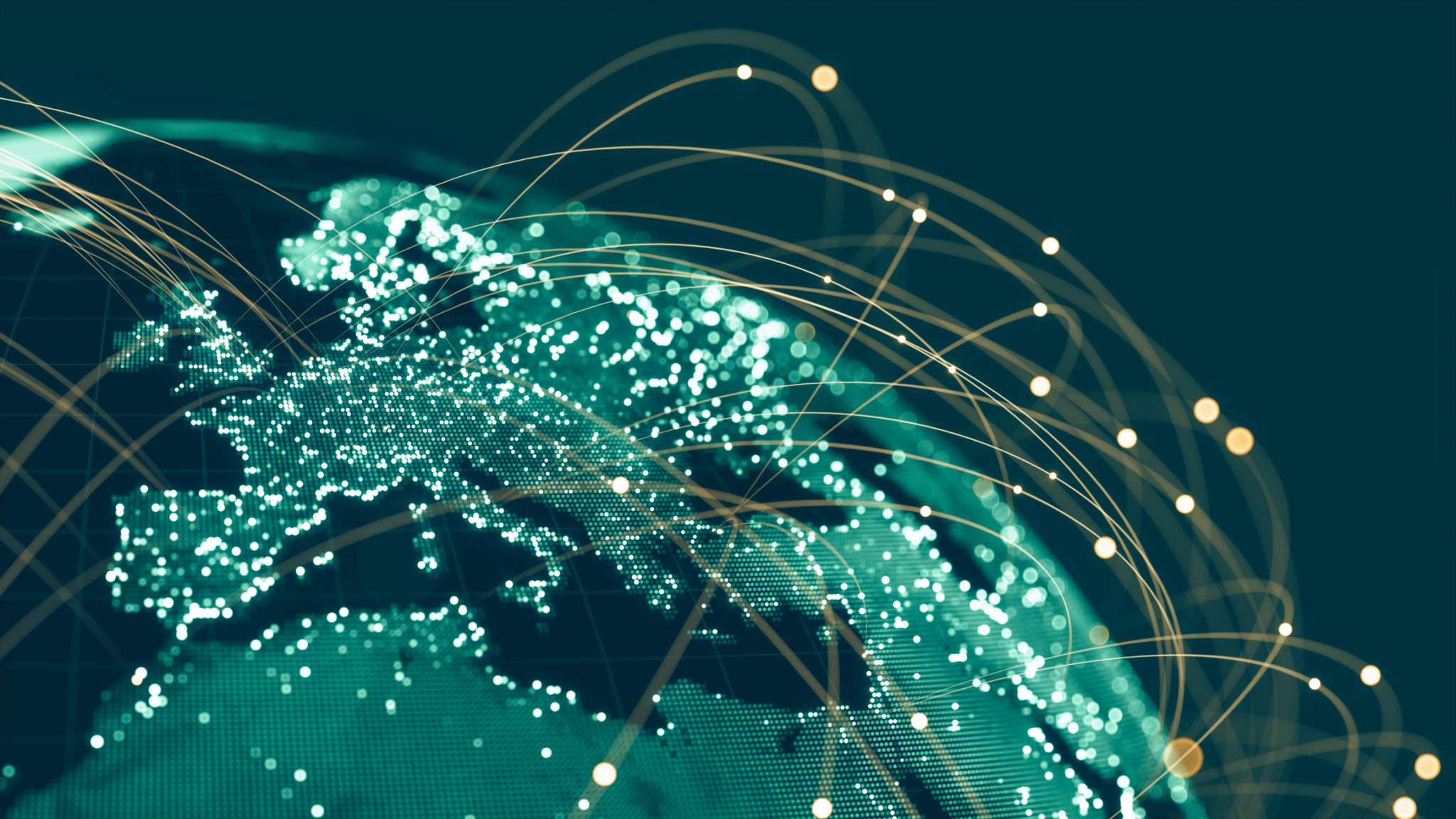Understanding Web3: How It Works and Its Impact on the Digital World
Introduction to Web3
The digital landscape is constantly evolving, and the advent of Web3 marks a significant milestone in this journey. Unlike its predecessors, Web1 and Web2, Web3 aims to decentralize the internet by empowering users and redefining how data is managed and shared. This new era of the web is poised to reshape our online experiences, making them more secure, transparent, and efficient.

How Web3 Works
At its core, Web3 leverages blockchain technology to create a decentralized network. Unlike traditional centralized systems where data is stored on a single server, blockchain allows data to be distributed across multiple nodes. This distribution enhances security and transparency, as information is stored in a way that is immutable and accessible to all participants.
Key Components of Web3
Web3 relies on several key components to function effectively:
- Smart Contracts: These are self-executing contracts with the terms of the agreement directly written into code. They automatically execute actions when predetermined conditions are met.
- Decentralized Applications (dApps): These applications run on a blockchain network, ensuring that they are open-source, secure, and free from censorship.
- Cryptocurrencies: Digital currencies are integral to Web3, facilitating transactions and incentivizing network participation.

The Benefits of Web3
The transition to Web3 offers numerous benefits that promise to enhance our digital interactions:
- Enhanced Security: With data distributed across a blockchain network, the risk of centralized data breaches is significantly reduced.
- User Empowerment: Users have greater control over their personal data and can decide how it is shared and monetized.
- Transparency: Transactions and data exchanges are recorded on the blockchain, providing an open ledger that anyone can verify.
Challenges Facing Web3
Despite its potential, Web3 faces several challenges that need to be addressed for widespread adoption. These include scalability issues, regulatory hurdles, and the need for improved user interfaces that facilitate ease of use. As the technology matures, solutions to these challenges are likely to emerge, paving the way for broader implementation.

The Impact of Web3 on the Digital World
The implications of Web3 extend far beyond individual users. Industries ranging from finance to healthcare are exploring how this technology can transform their operations. By enabling more efficient data sharing and reducing reliance on intermediaries, Web3 has the potential to lower costs and increase innovation across sectors.
Creating a New Digital Economy
One of the most exciting prospects of Web3 is its ability to create a new digital economy. By integrating cryptocurrencies and decentralized finance (DeFi) platforms, users can engage in peer-to-peer transactions without the need for traditional banking systems. This democratization of finance could provide opportunities for individuals worldwide who were previously excluded from financial systems.
The Future of Web3
As we continue to explore the possibilities of Web3, it is clear that its impact on the digital world will be profound. By fostering a more equitable and transparent internet, Web3 promises to empower users like never before. As technology advances and adoption grows, we stand on the brink of a new digital revolution that could redefine how we interact with the online world.
